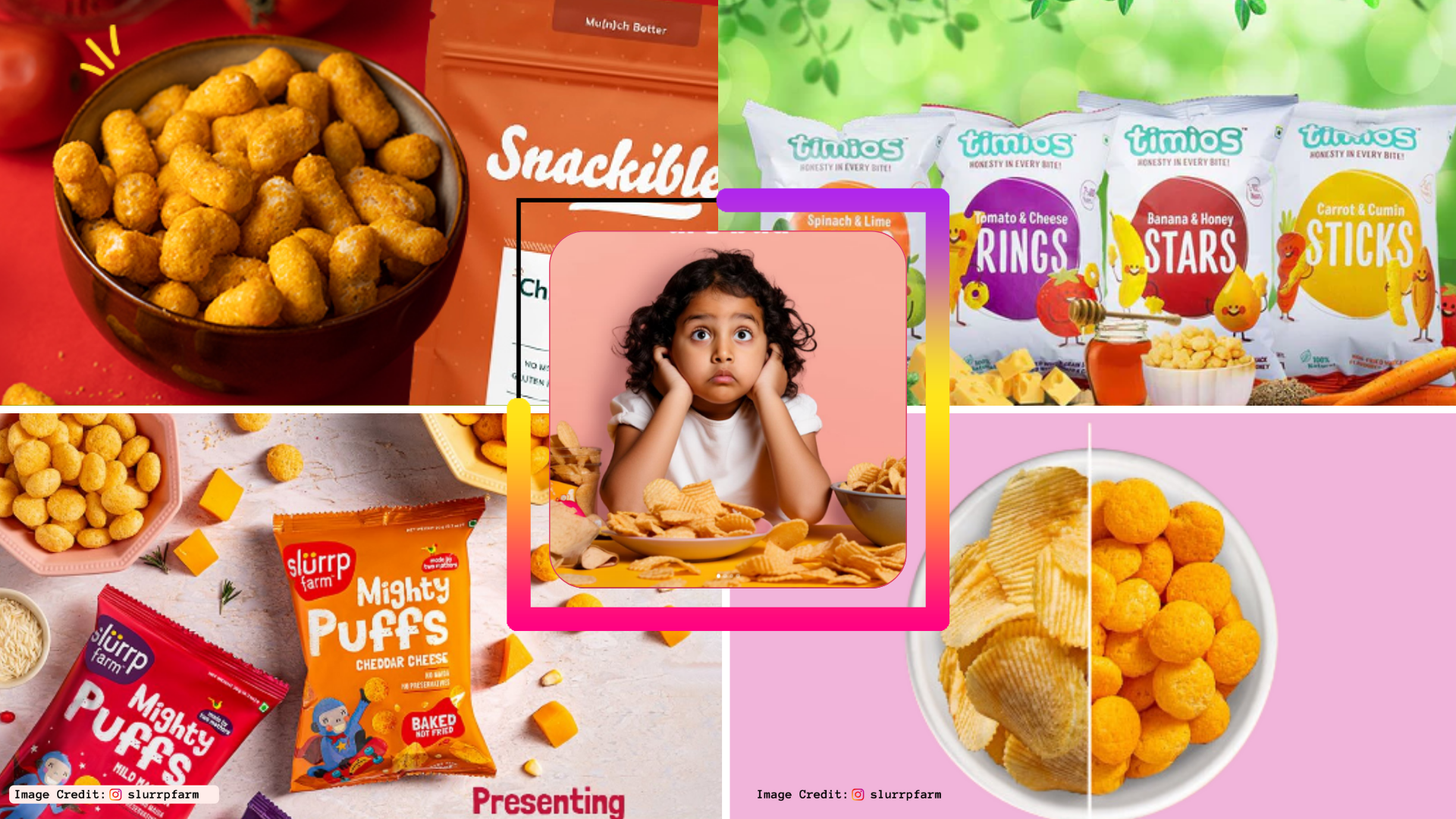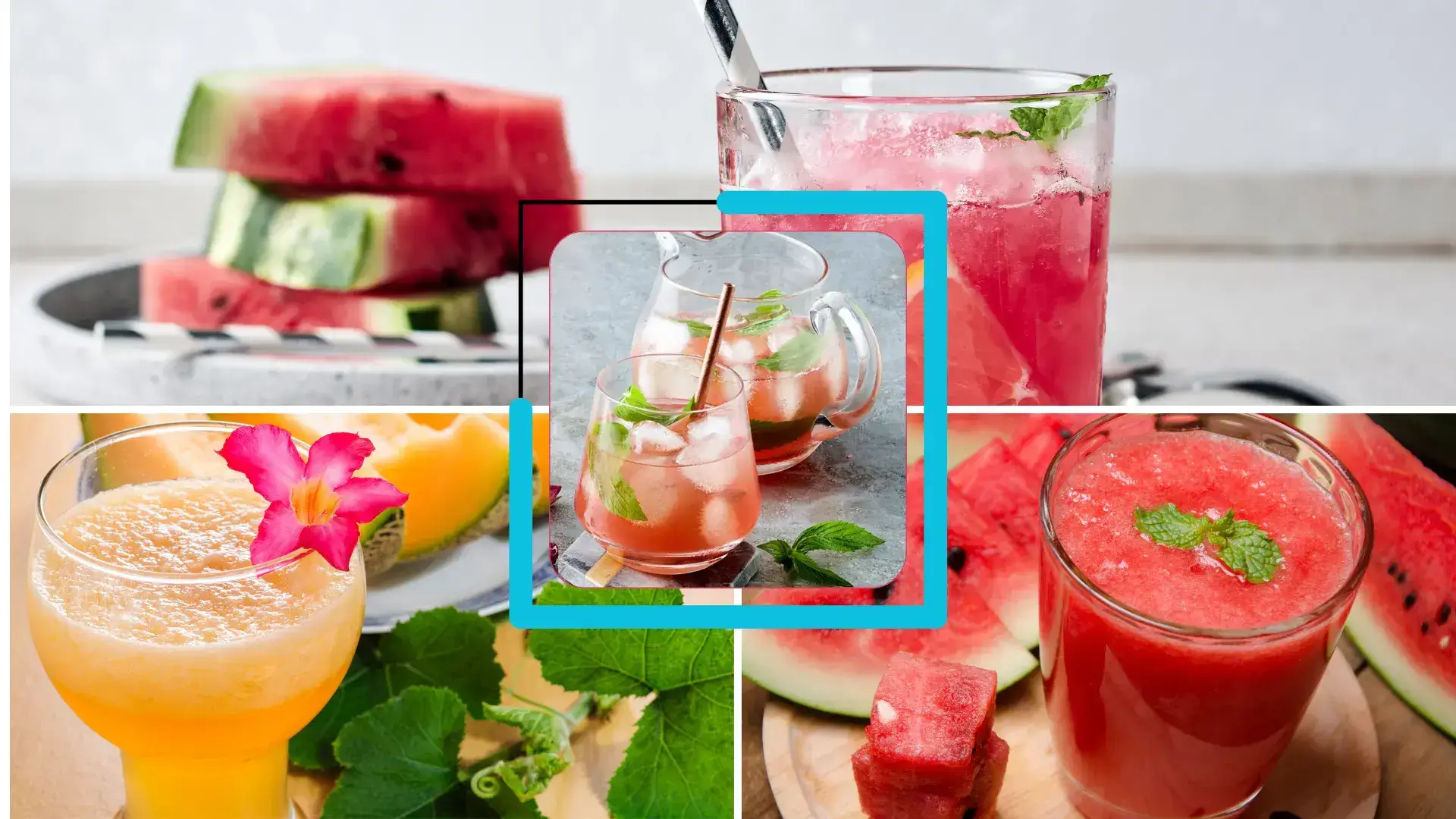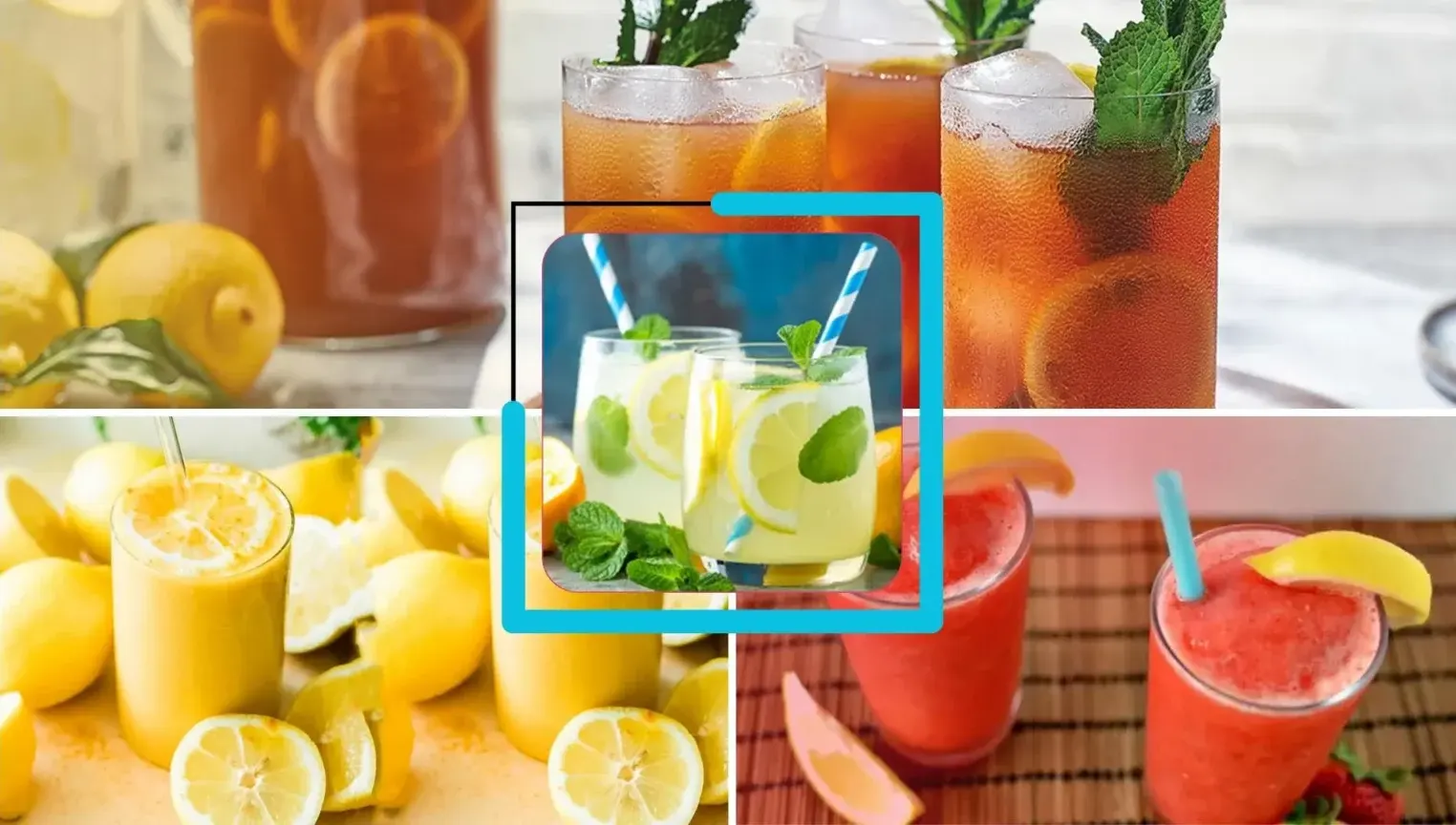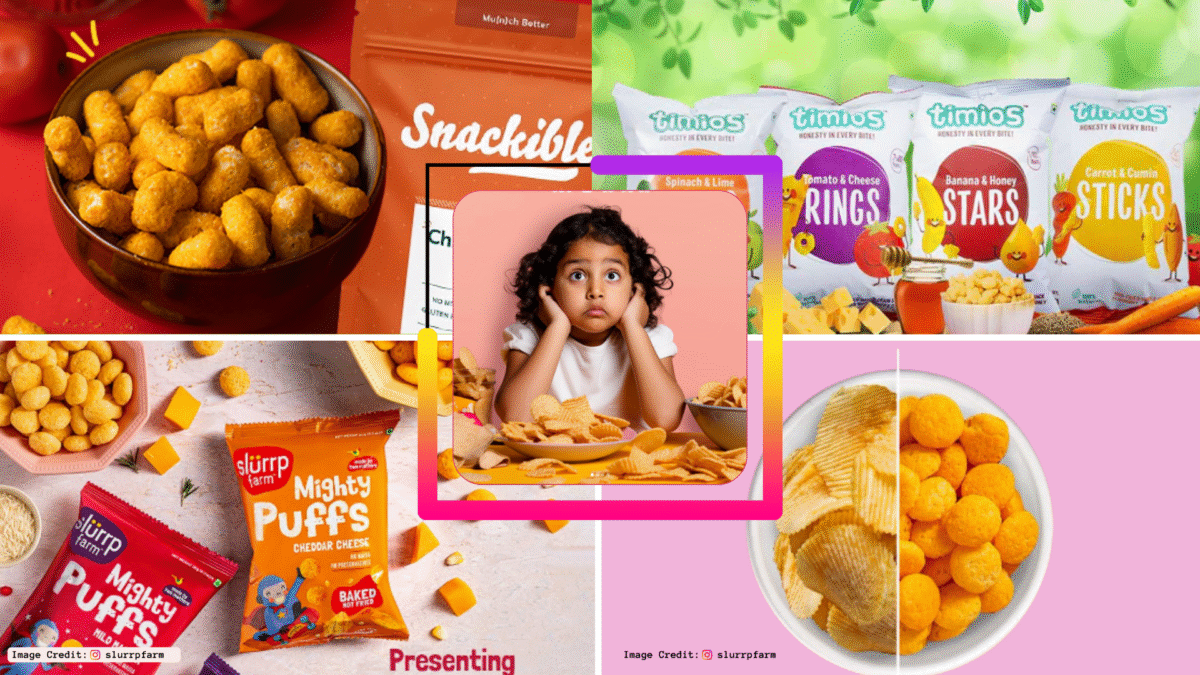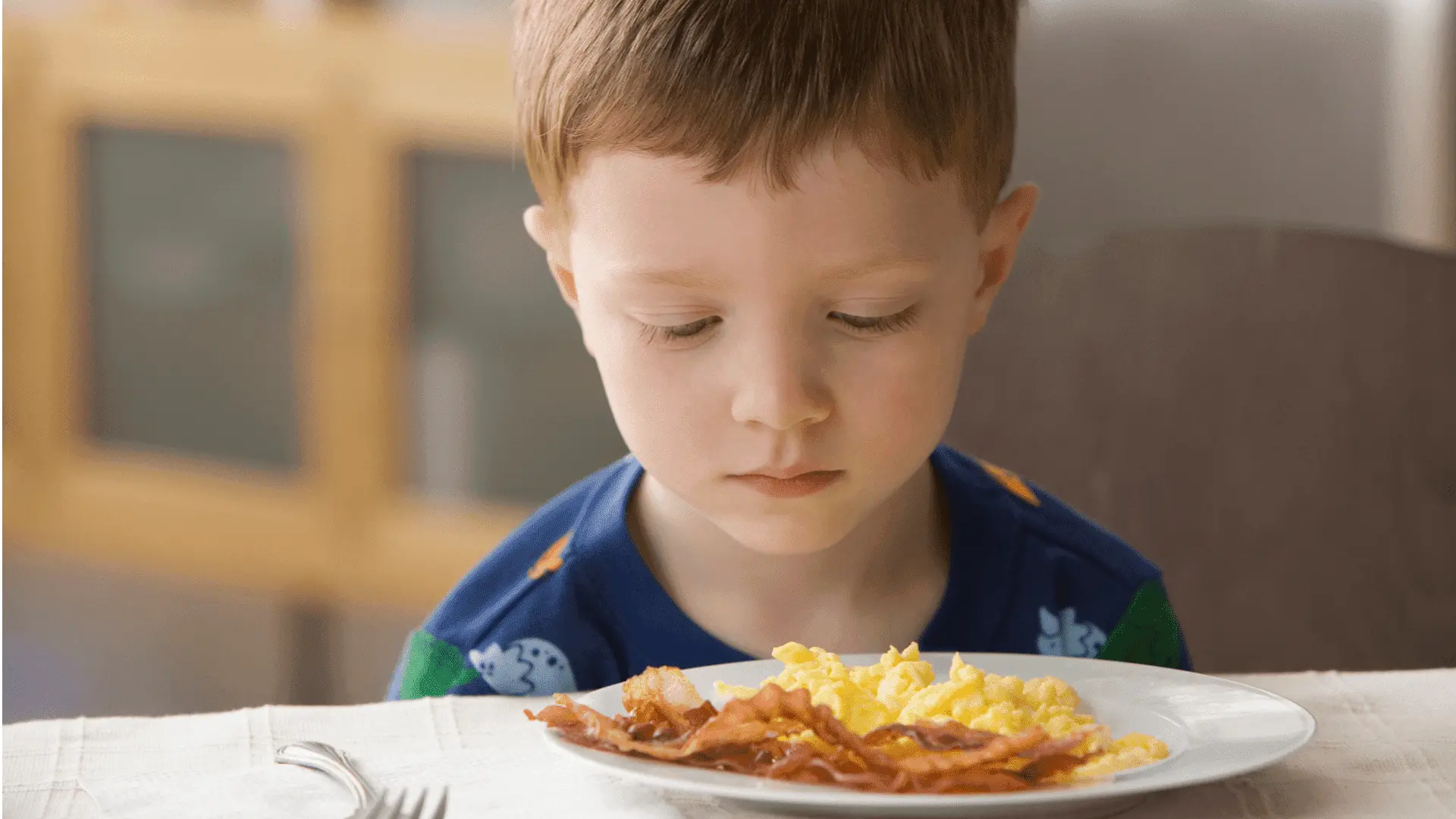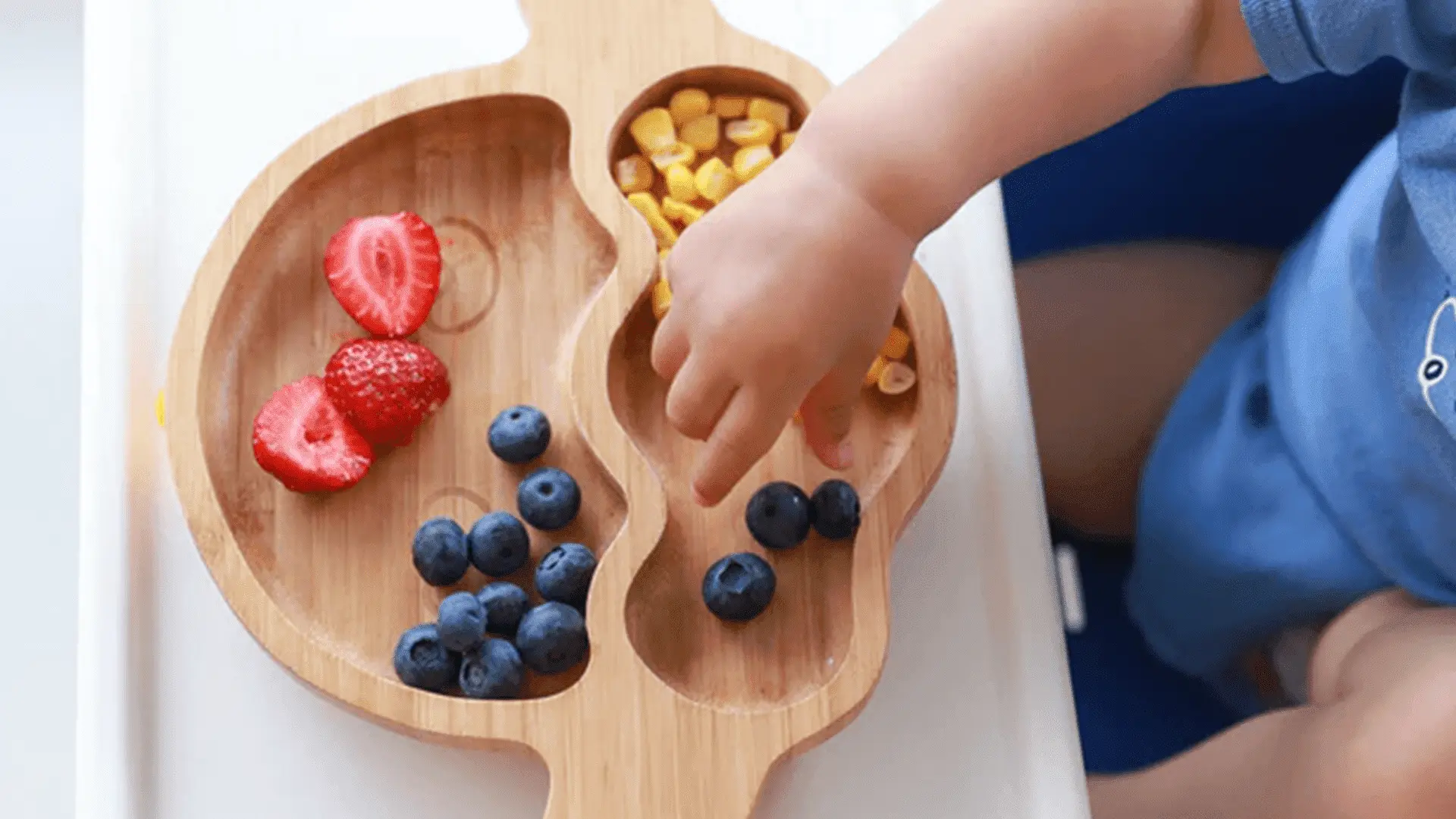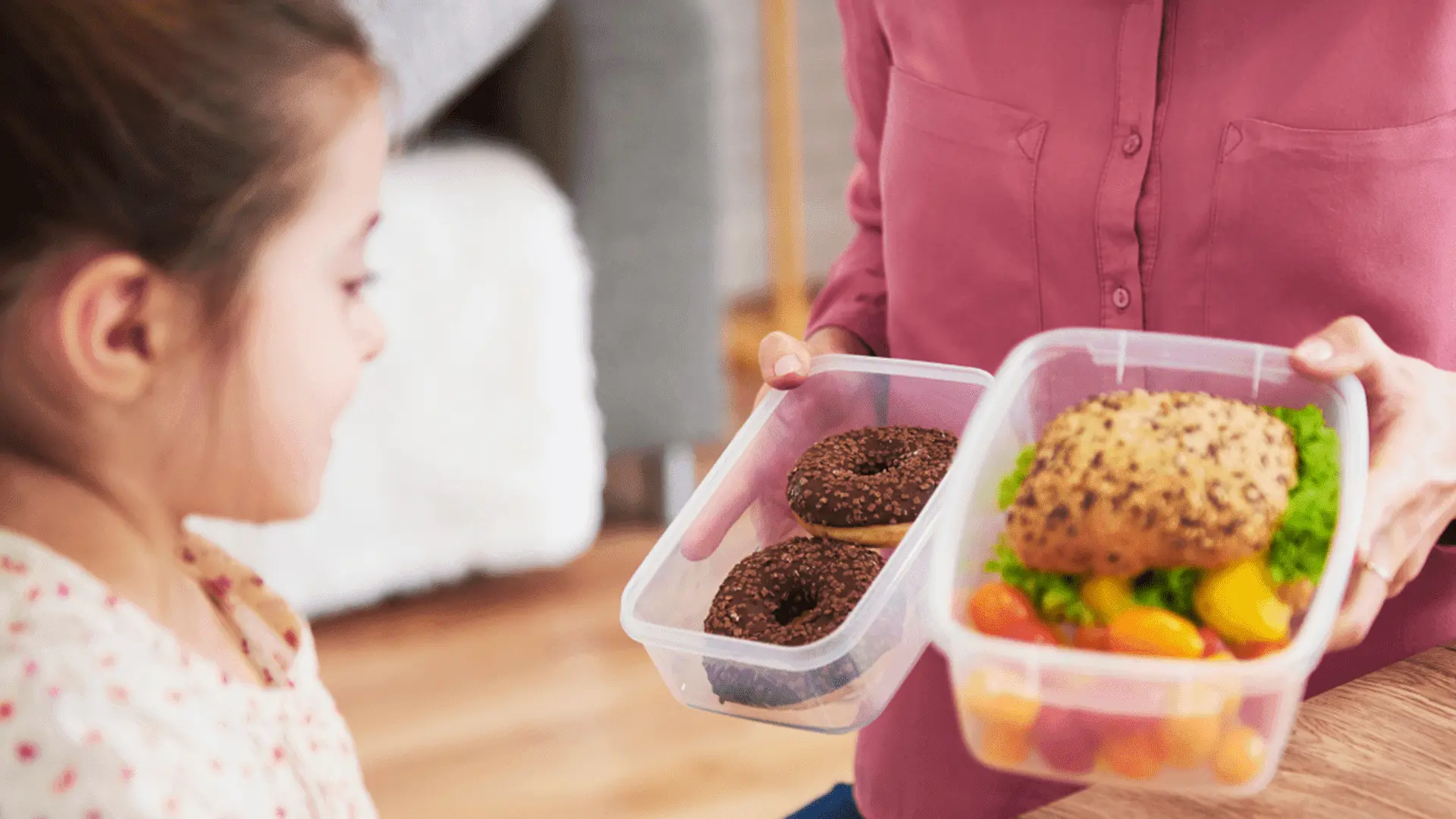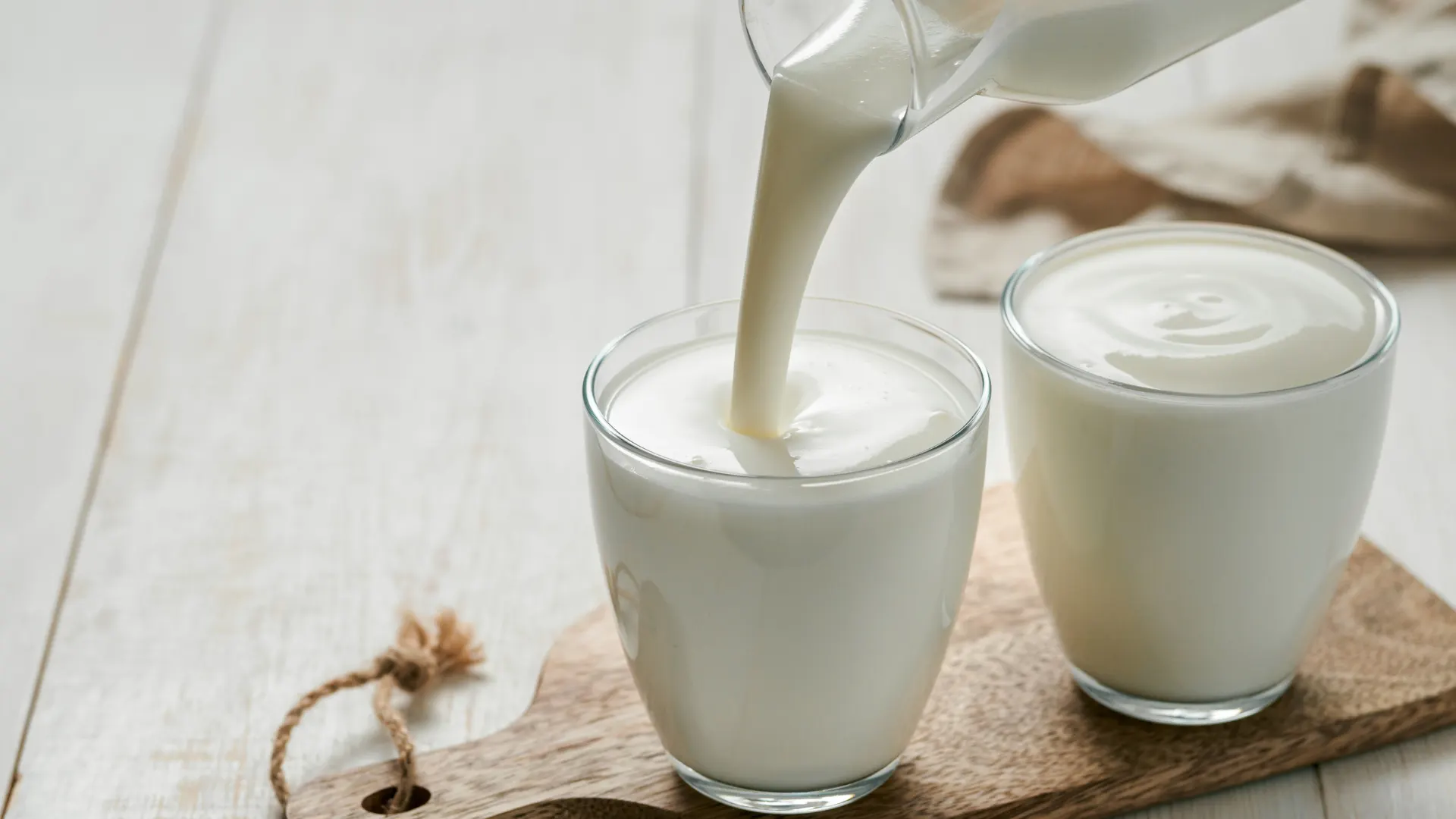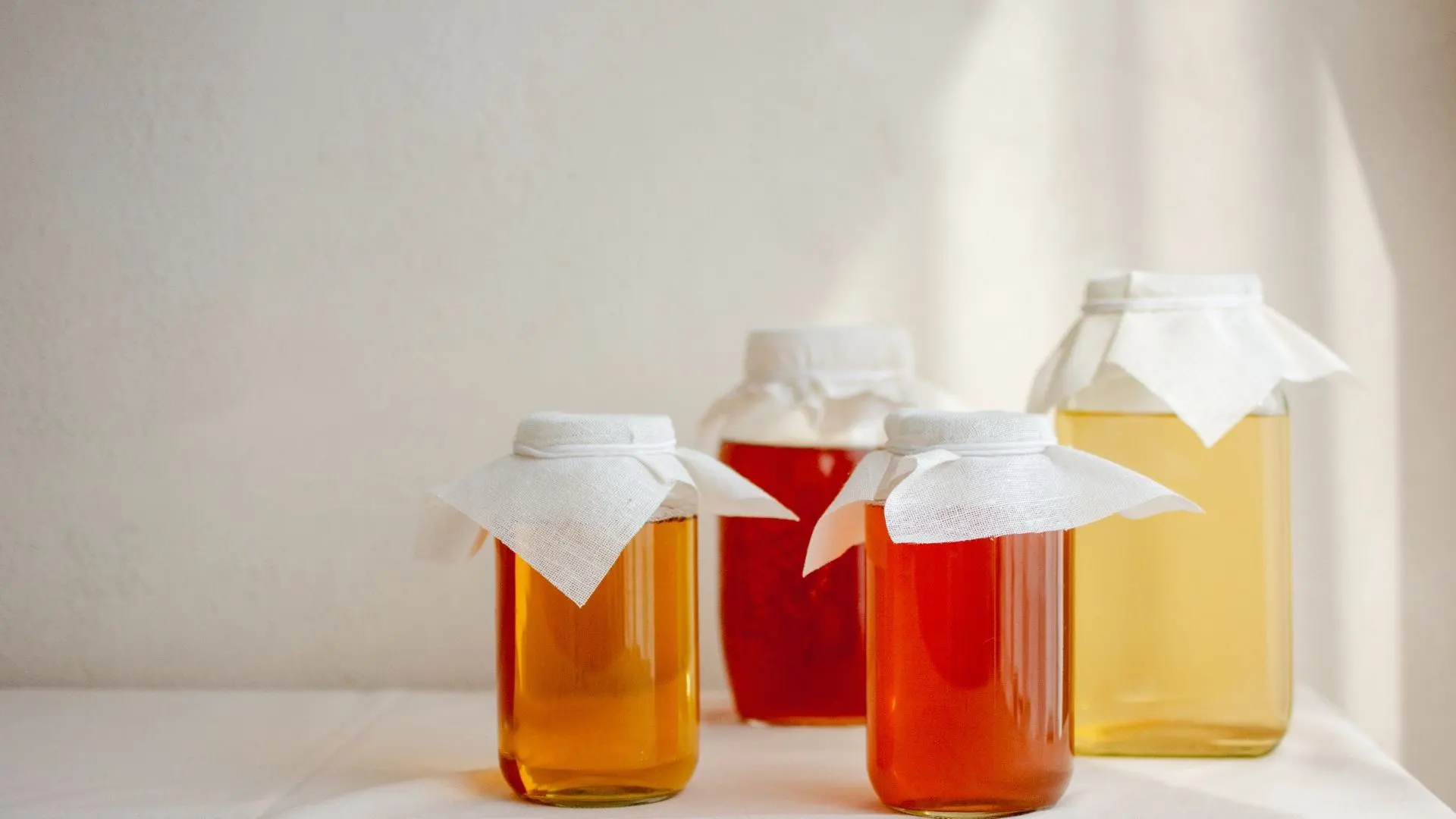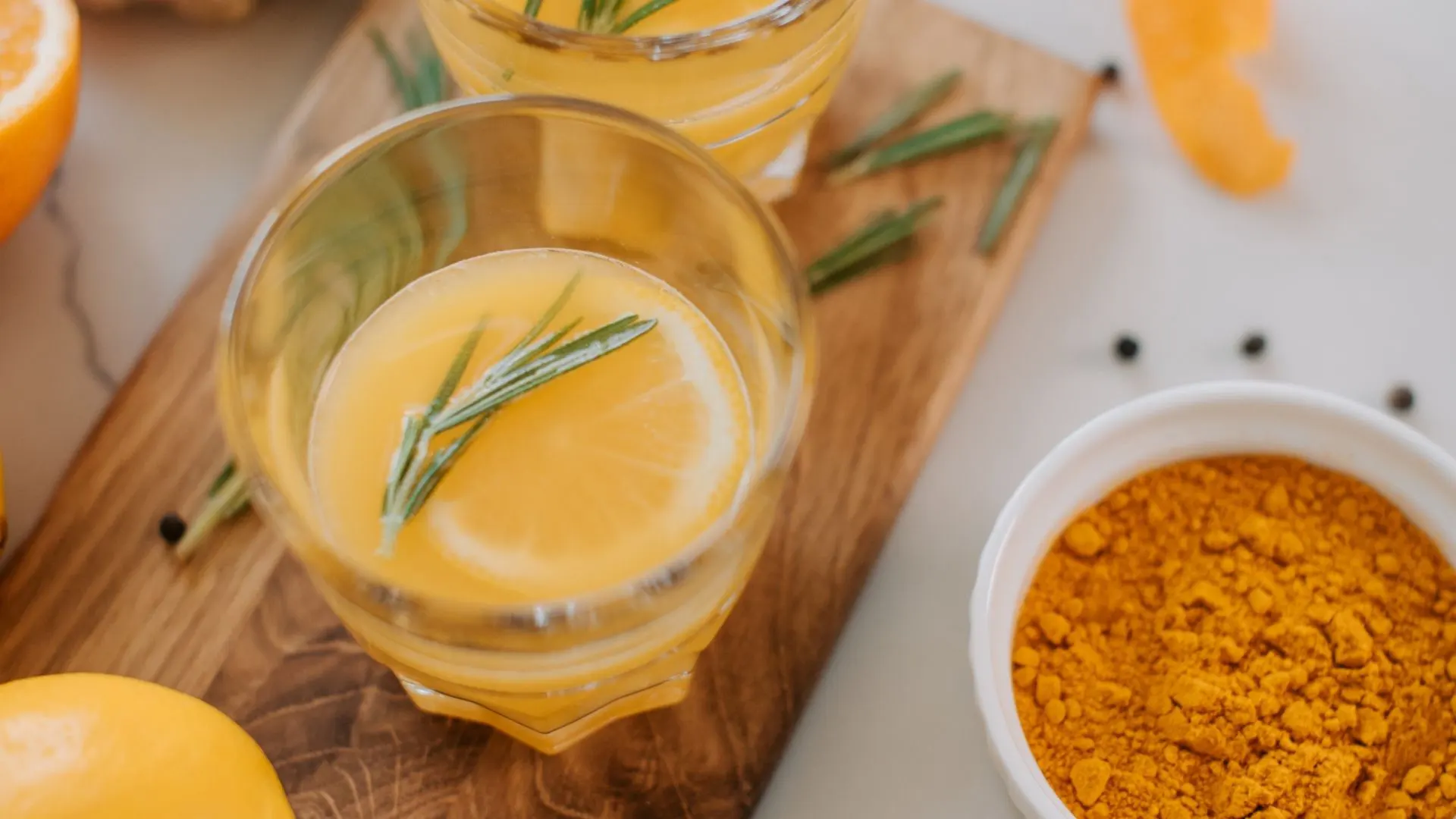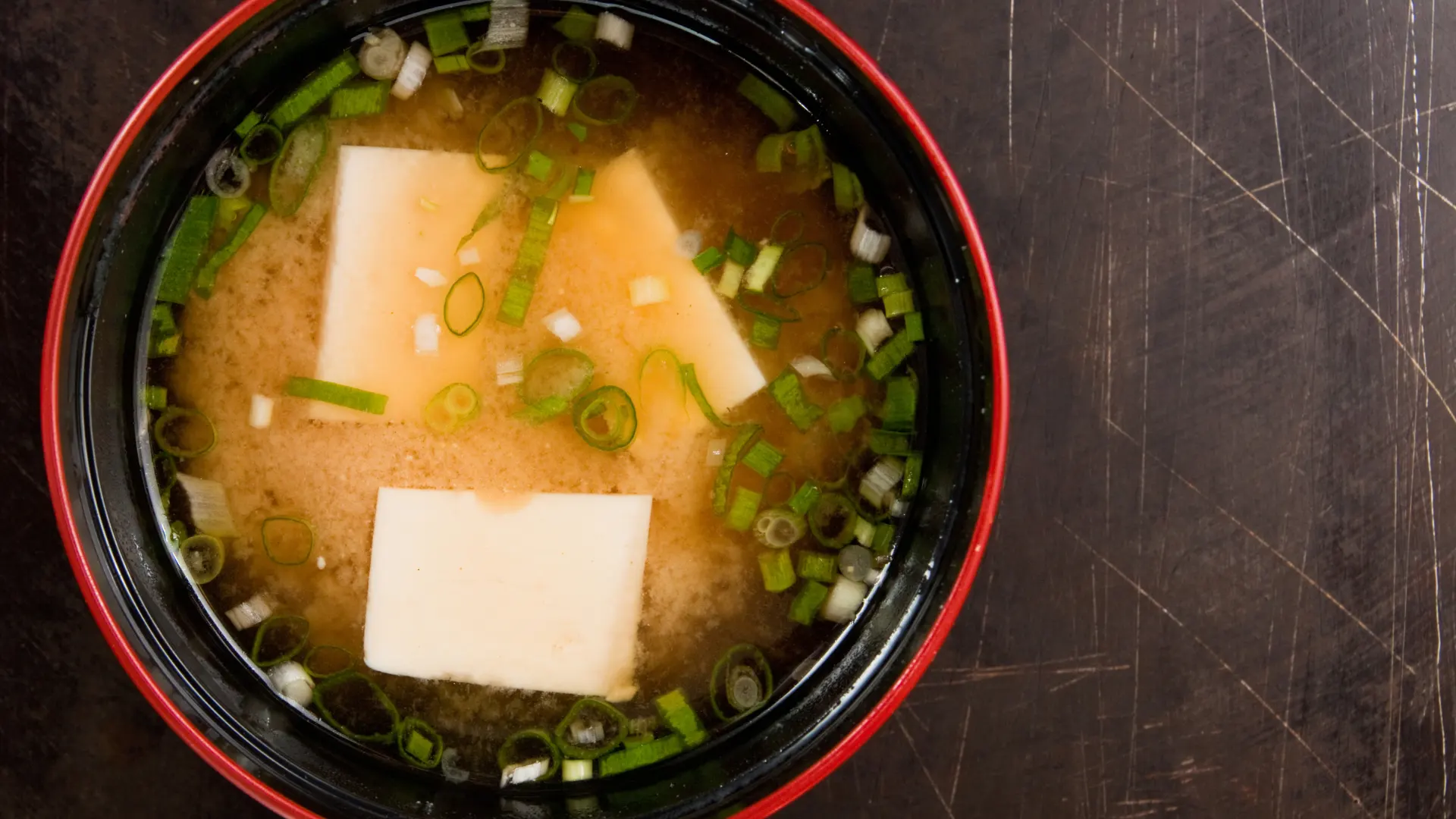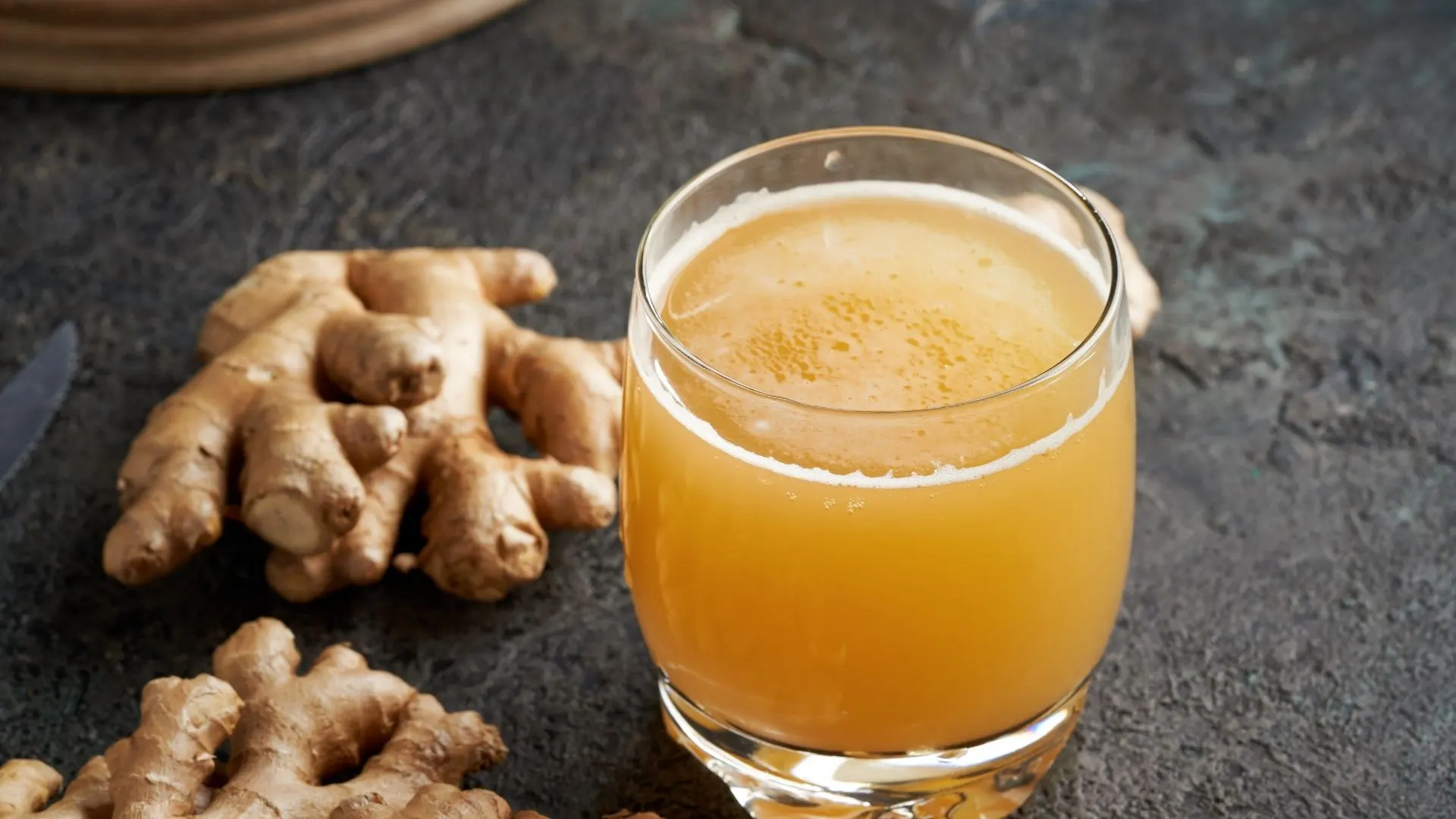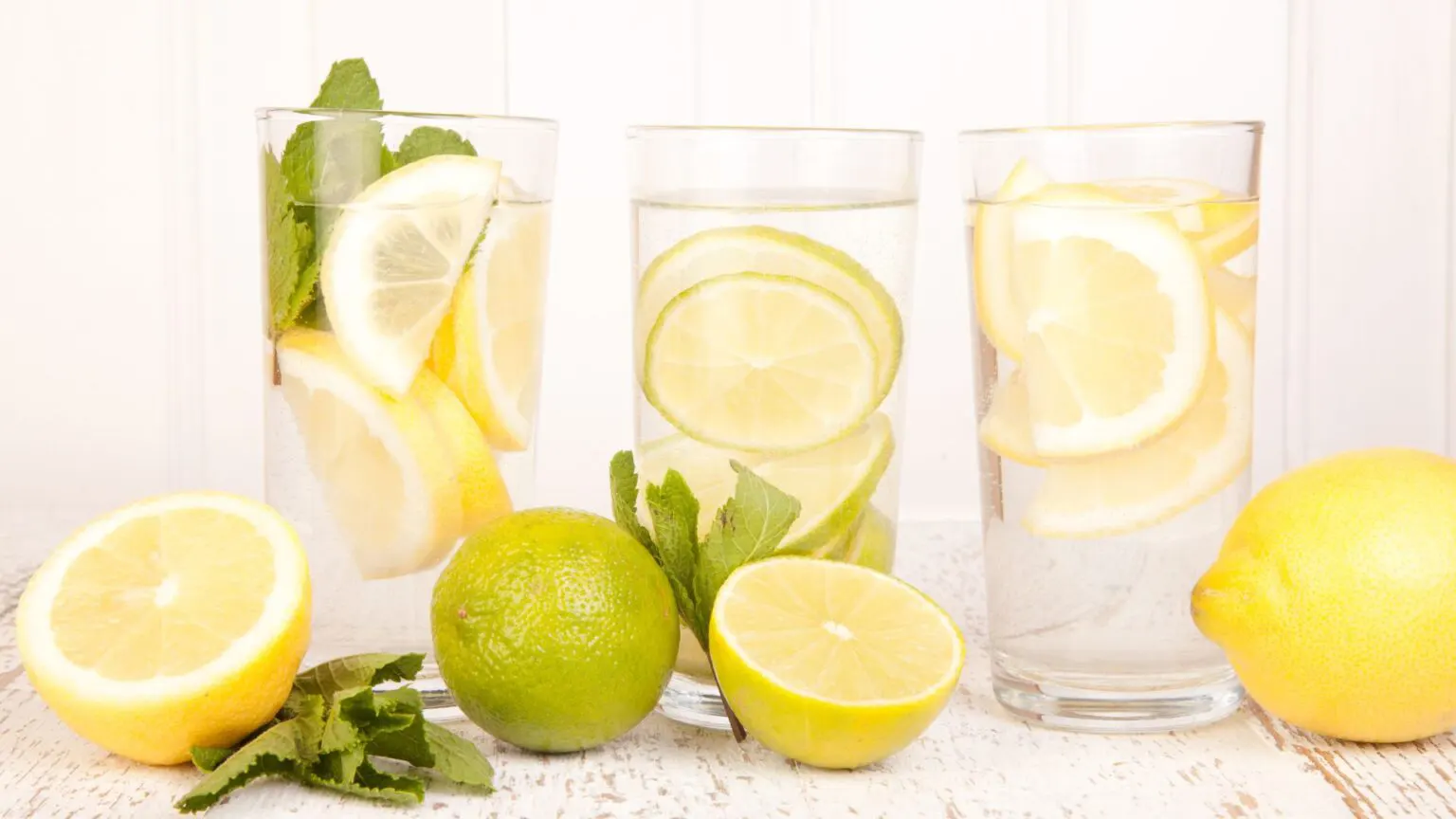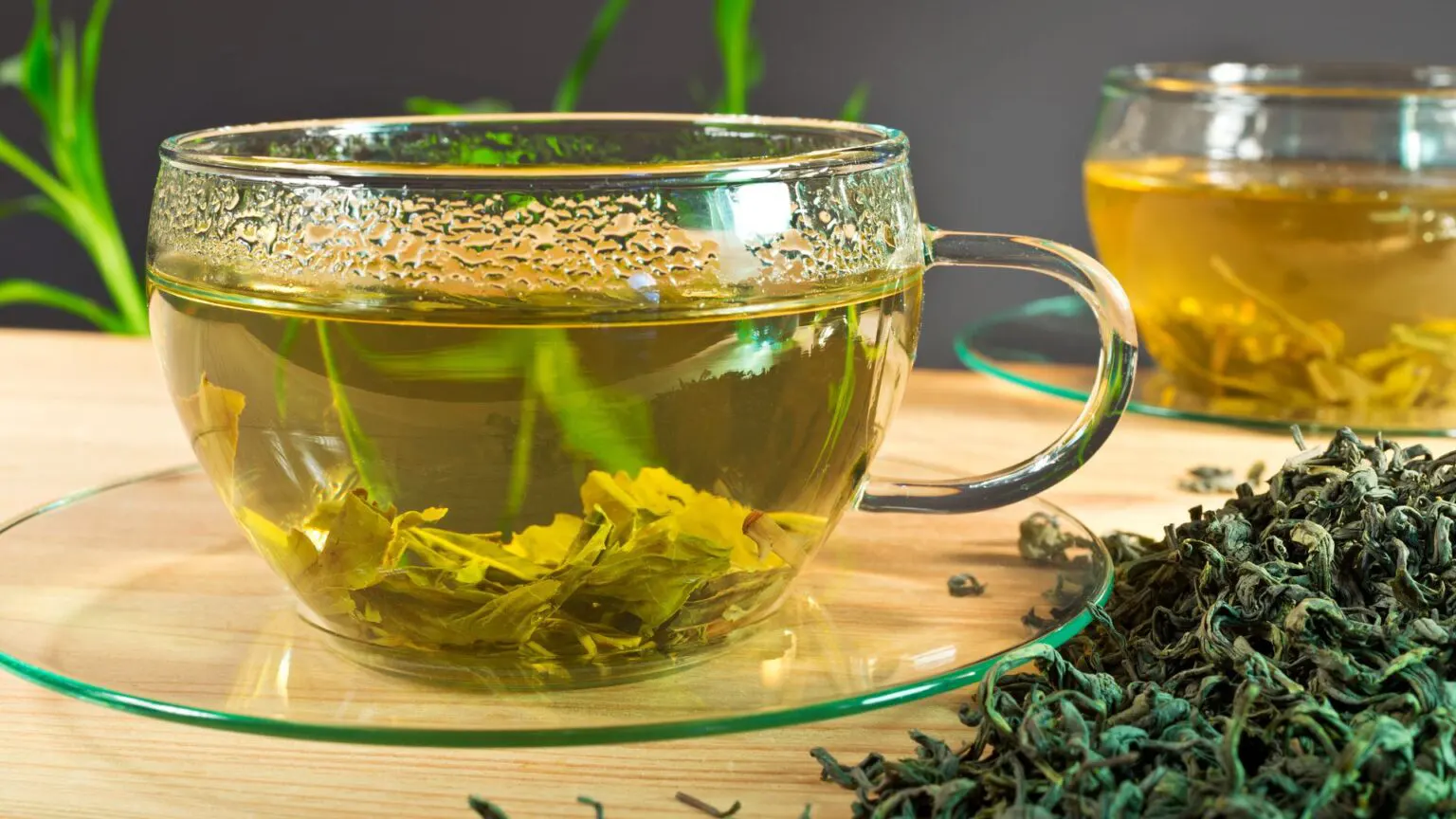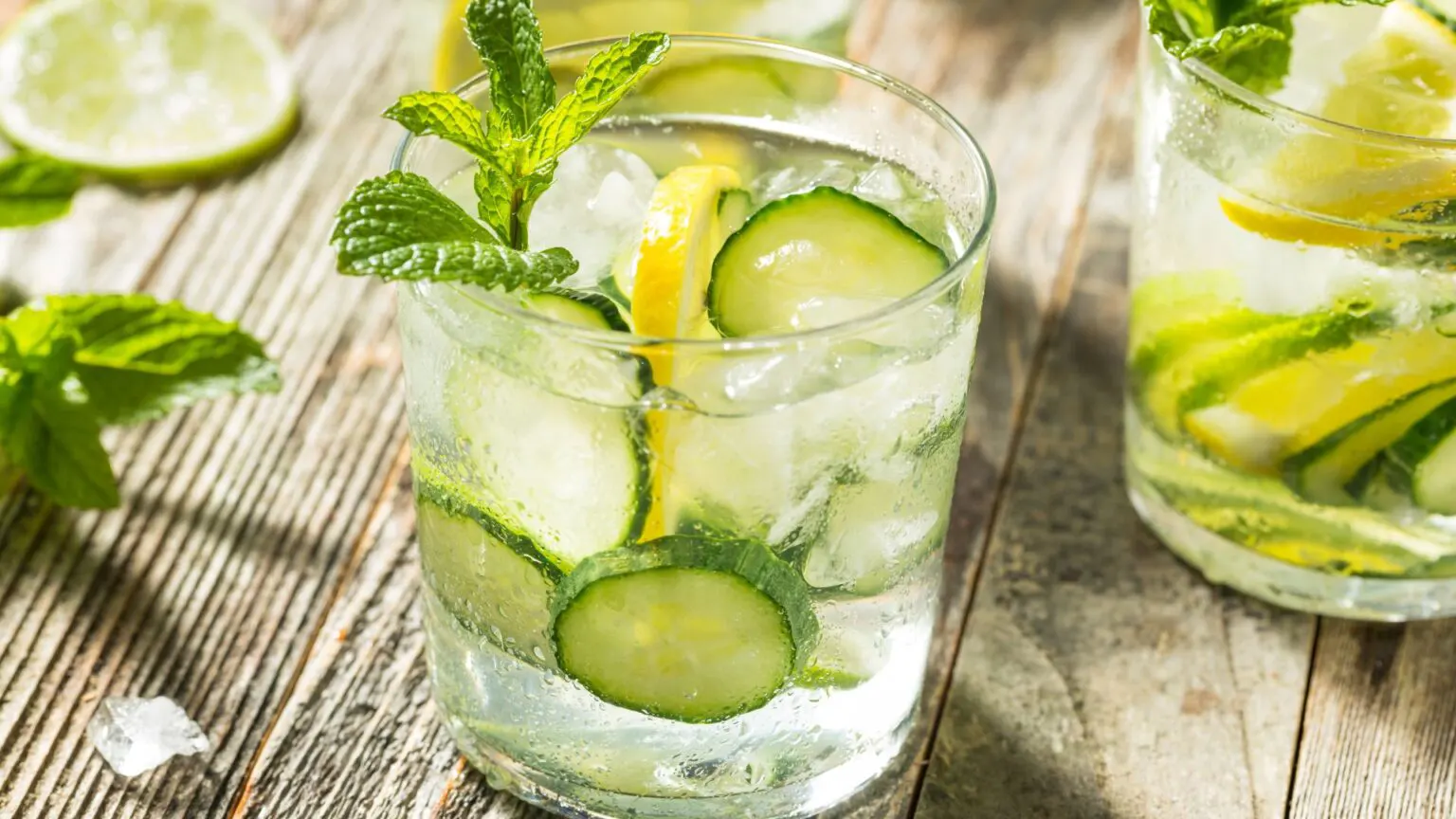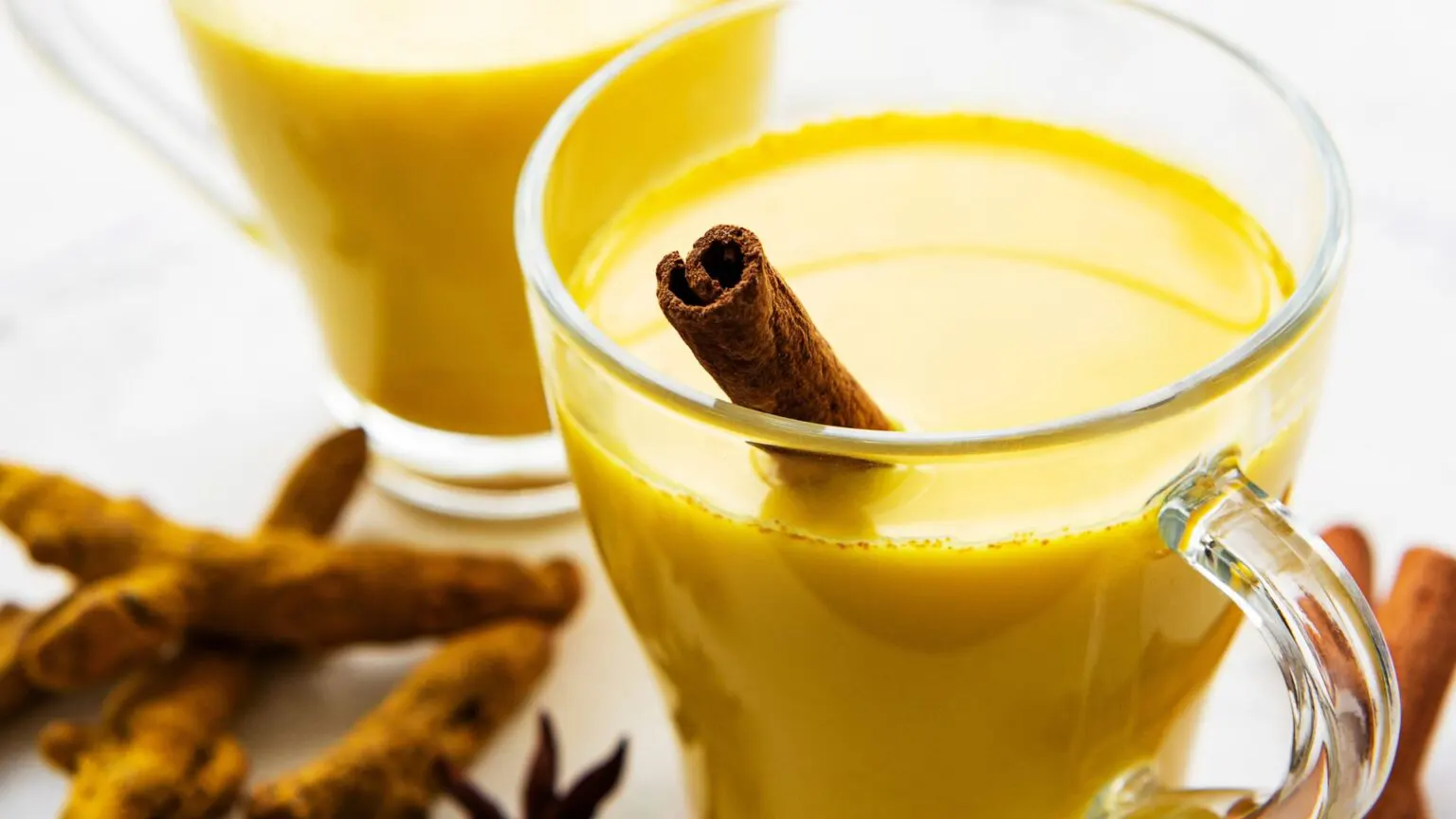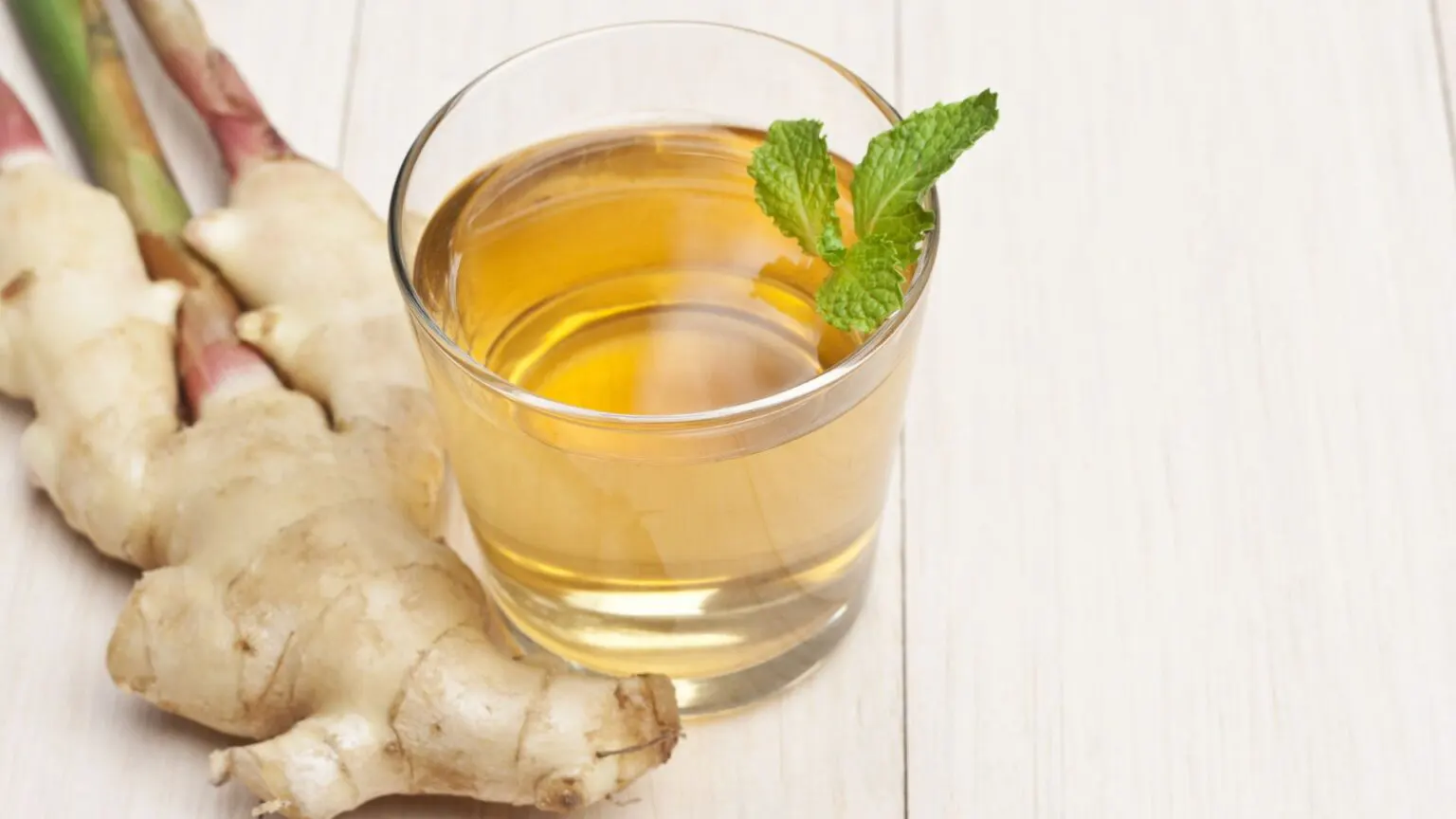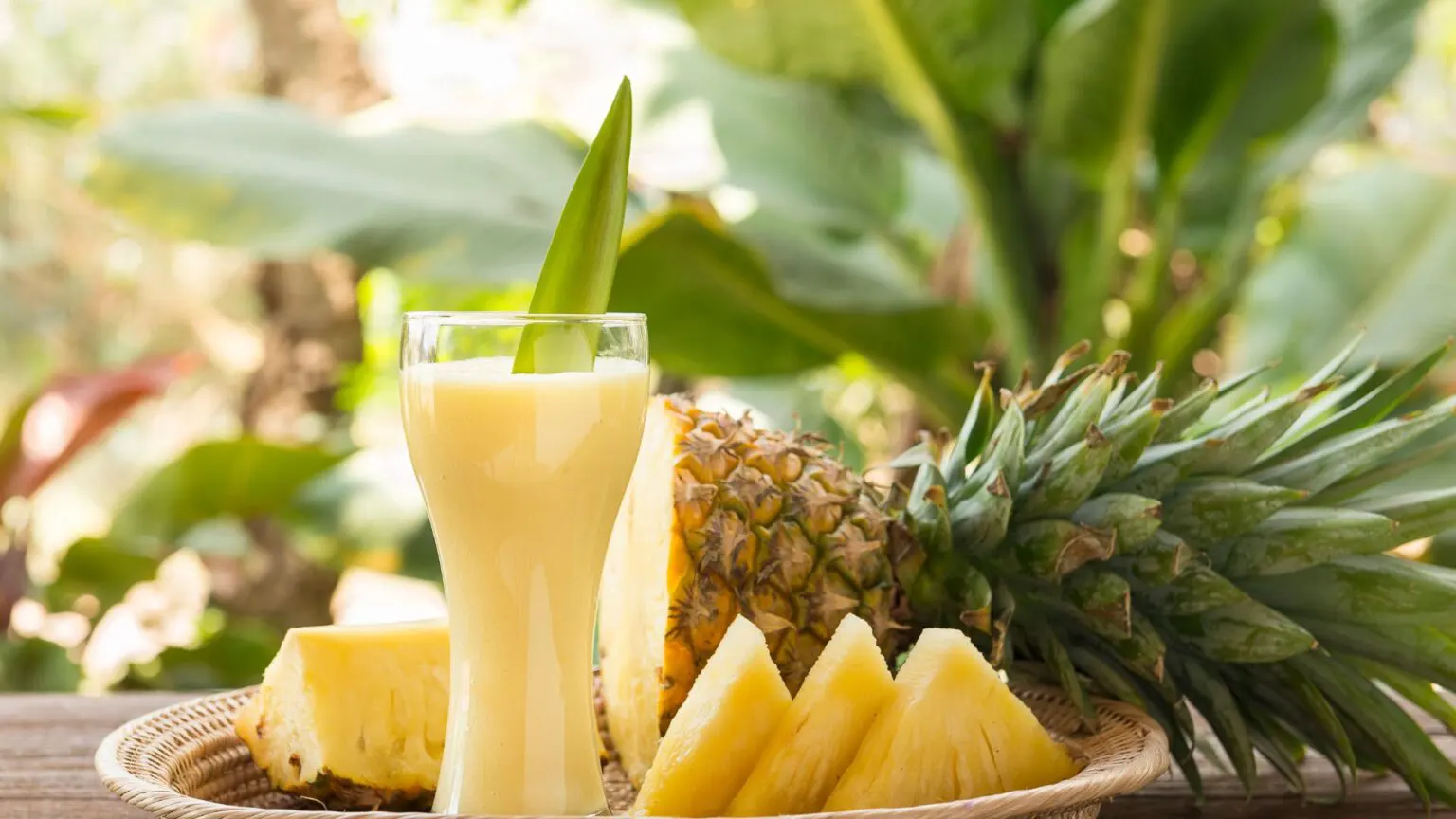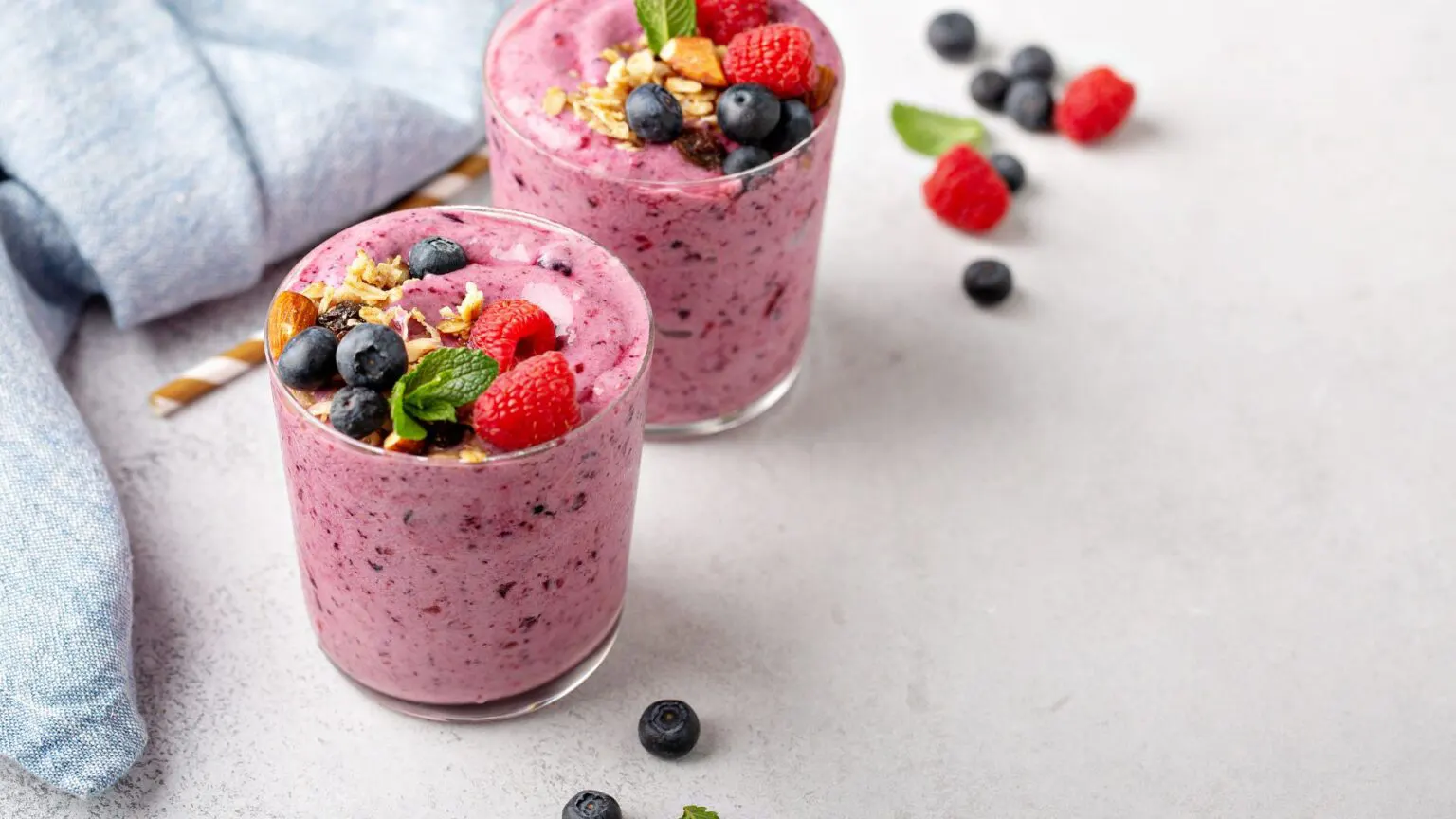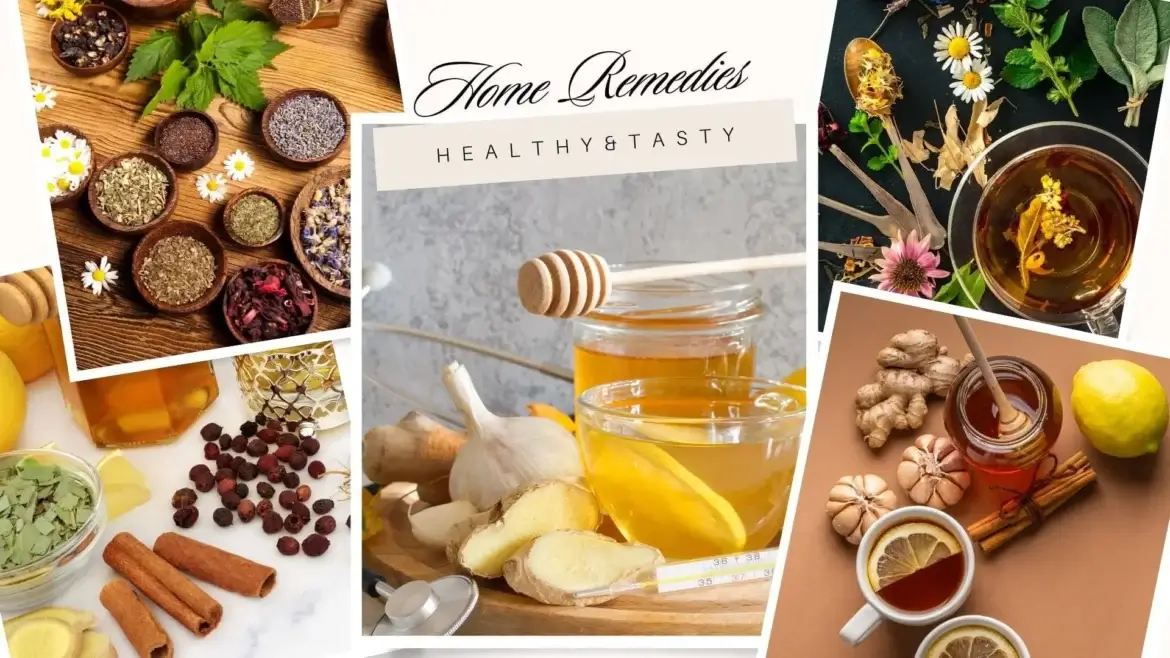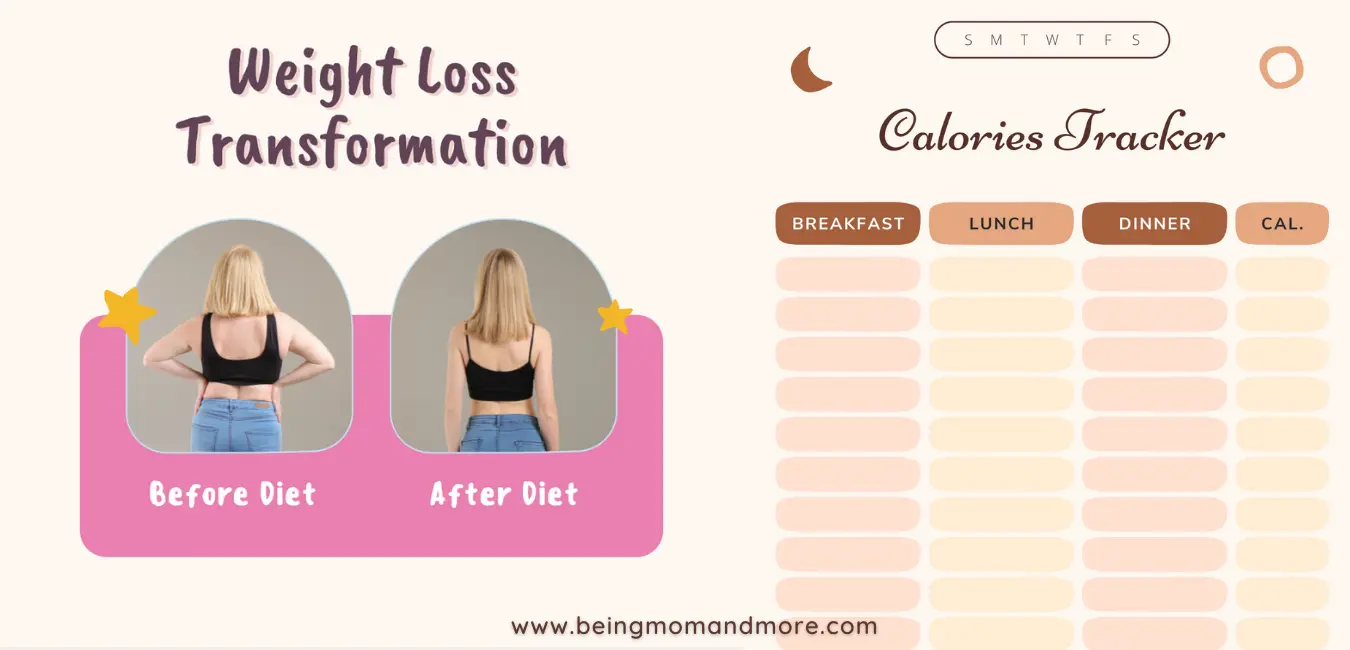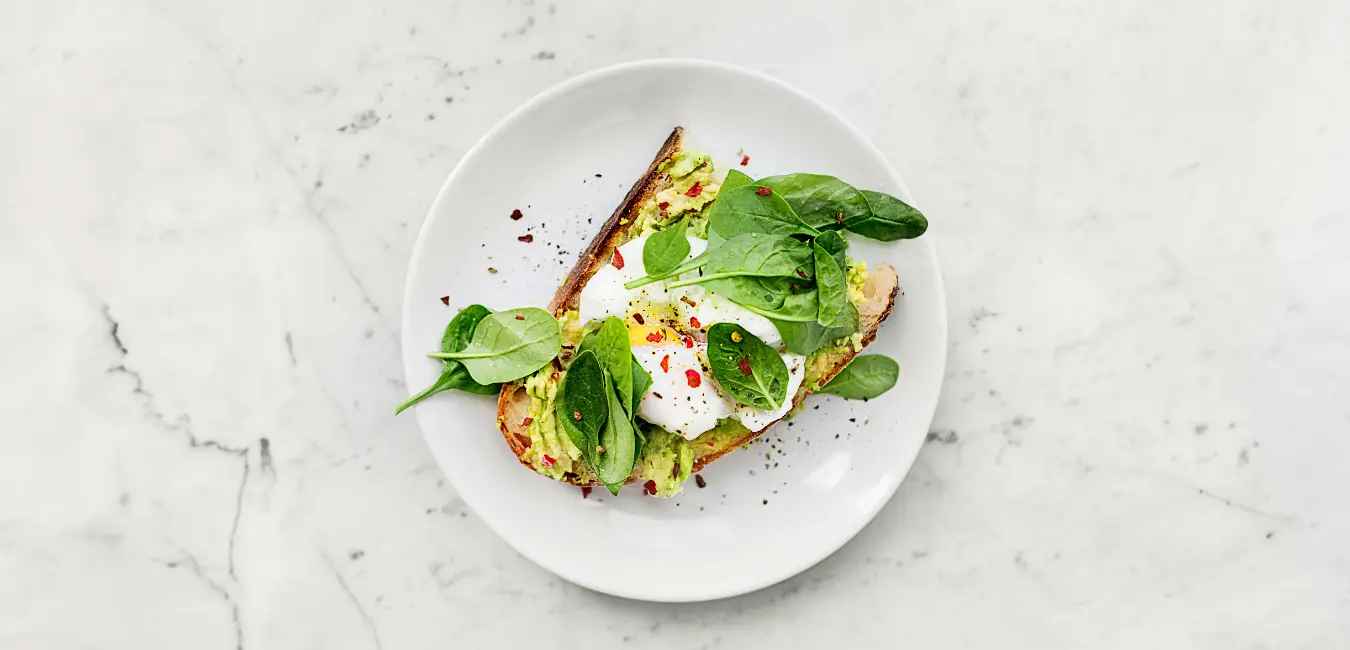Choosing the best what your kid can eat is every mom’s concern and junk food tops as a cherry on the cake. You want them to eat healthy while they only think of what is tastier or looks attractive. But it doesn’t have to be that way, experts say.
Charlotte Markey’s, a health psychology professor at Rutgers University, research highlights the importance of allowing our kids to have occasional junk food treats. In that research, she observed that if parents tend to restrict their kids from having junk food, those kids are more likely to eat more of it. On the other hand, it became evident that if parents give their kids occasional junk food treats, their children are less attracted to those junk food temptations.
Why Avoiding Junk Food Can Be a Problem
Some of the parents may or may not agree with the statement said above. I, too, had the same baffling thoughts and thus made it an obvious topic of discussion with fellow mothers and realized this statement works as given in the later part.
One cannot stop or wipe off how kids feel about junk food cravings. But keeping direct junk food reachouts at bay and snack alternatives handy will surely help in striking the required balance. It helped me though and other fellow mothers I know.
Join me on this journey and understand the reasons behind letting our kids eat junk food and discovering 21 healthy junk food alternatives.
In this blog, we will see those products have the best quality standards and taste served to kids aged 3 years and above:
- Mighty Jowar Puffs by Slurrp Farm
- Niblerzz Real Fruit Gummies for Kids & Adults
- Nourish Organics 4 in 1 Variety Chickpea Baked Popeas Protein Puffs
- Timios Melts Wholegrain Preservative Free Kids Snacks
- Timios Nutty Bar
- TummyFriendly Foods Peanut Butter Millet Cookies
- First Solids Sprouted Ragi Nutty Shots
- Timios Carrot and Cumin Sticks
- Snackible Tangy Tomato Chickpea Puffs
- Healthy Master Baked Quinoa Chips
- Open Secret Coconut Chocolate
1. Mighty Jowar Puffs by Slurrp Farm

Enjoy a tasty cheddar cheese flavor with this snack that has mild masala and tastes khatta meetha, which will satisfy your kid’s tastebuds for sure. These jowar puffs contain no maida (refined flour), making them a healthy and nutritious junk food for children. With an emphasis on nutrition and taste, this snack is a delightful solution for moms looking for a healthy alternative to junk food.
Ingredients: Foxtail millet, corn, rice, ginger, and jowar.
Flavors: Cheddar Cheese and Assorted
Natural: Honest ingredients, zero artificial flavors, no maida, no refined sugar, and no trans fat.
Where to Buy: https://shorturl.at/MNXY4
2. Niblerzz Real Fruit Gummies for Kids & Adults

Everyone loves fruit gummies, right? Your child also! Choose Niblerzz Real Fruit Gummies for Kids and Adults, a kid-friendly junk food alternative, and give it as a treat to your kids.
These yummy gummies do not contain sugar and are sweetened naturally by fruit sources. These vegan, plant-based, yummy gummies are free from harmful artificial flavors, colors, and preservatives, ensuring a great and delicious treat to satisfy your kids’ cravings for junk food.
Ingredients: Formulated with high-quality pectin, natural ingredients for colors like turmeric, black carrot red, and paprika.
Flavors: Mango, Mixed Fruit, Orange
Natural: No Gelatine, vegan & plant-based, gluten & GMO-free, no preservatives, artificial flavours or Colours, and no added sugar
Where to Buy: https://shorturl.at/lsCFZ
3. Nourish Organics 4 in 1 Variety Chickpea Baked Popeas Protein Puffs

Having Facing a stubborn kid issue? Give your kid this enticing flavor of Popeas Variety. These baked healthy snacks come with chickpea protein, provide a delicious crunch, and provide 12 grams of vegan protein per serving.
This tasty snack will satisfy your child and help you control his eating habits. Variety Chickpea Baked Popeas Protein Puffs are an ideal snack free from harmful chemicals, artificial flavors, or preservatives that can harm our little ones’ health.
Ingredients: Chickpea Baked, soy protein
Flavors: Spicy mint, vegan parmesan, and more
Natural: It is certified organic, vegan & gluten-free, free from artificial flavors, colors, or preservatives, zero trans fats, and cholesterol.
Where to Buy: https://shorturl.at/pwOV8
4. Timios Melts Wholegrain Preservative Free Kids Snacks

Wholegrains? Healthy, for sure! Timios Melts wholegrain preservative-free kids snacks are a kid-friendly option that contains the goodness of wholegrains like oats, rice, and wheat.
These nutritious bites with natural fruit extracts like cumin and carrot make it a healthy snack. What makes it the right choice? It is free from preservatives, maida, and artificial flavors, making it an ideal junk food alternative mothers can give their children.
Ingredients: Contains organic wholegrains such as oats, wheat & rice, and natural fruit extracts that include Carrot & Cumin.
Flavors: Apple & cinnamon, carrot, and cumin.
Natural: Enriched with iron, protein, and calcium, non-fried, low on sugar & salt, no maida, no preservatives, and is free from artificial colors or flavors.
Where to Buy: https://rb.gy/avjpjc
5. Timios Nutty Bar

Another great offering as junk food alternative by Timios Energy Bar is a healthy junk food alternative with high-quality nuts like almonds, cashews, dates, honey, and rice crispies.
This snack is a nutritious powerhouse enriched with beneficial soluble fibre, protein, and healthy fats. Every mother can trust this product since it doesn’t contain sugars, preservatives, or artificial ingredients that can harm their child.
Ingredients: Contains almonds, rolled oats, cashews, dates, honey, malt extract, and rice crispies
Flavors: Honey, Strawberry, Cranberry
Natural: Has no added colors, sugar, artificial ingredients, and preservatives
Where to Buy: https://rb.gy/9fsrg2
6. TummyFriendly Foods Peanut Butter Millet Cookies

Treat your kids to the delightful taste of the irresistible combination of millet and creamy peanut butter with Peanut Butter Millet Cookies by TummyFriendly Foods.
These sweet treats are gluten-free and sugar-free, which helps maintain good health without compromising the taste. It’s an ideal snack for all ages, including kids and babies. It’s a unique and nutritious alternative to traditional junk food, infused with ragi, millet, and natural jaggery.
Ingredients: Millet and Peanut
Flavors: Chocolate millet cookies, coconut millet cookies, peanut butter millet cookies
Natural: Gluten-free and sugar-free cookies
Where to Buy: https://t.ly/OTrLg
7. First Solids Sprouted Ragi Nutty Shots

With the goodness of sprouted ragi flour, high-quality chocolate, natural jaggery, and roasted nuts, First Solids ensure optimal health and happiness for your kiddo. These nutty shots serve as a healthier junk food alternative and are free of preservatives, artificial ingredients, and white sugar.
Ingredients: Sprouted Ragi Flour and premium cocoa powder
Flavors: Sprouted black gram, choco millet nutty shots
Natural: No Artificial Colors, Preservatives, Salt, and White Sugar
Where to Buy: https://shorturl.at/zGPR5
8. Timios Carrot and Cumin Sticks

Are you worried about your kid’s health and happiness? Take a step ahead to provide optimal energy needs for your kid with these natural multigrain puffs with minimal salt and sugar.
This delicious snack alternative has the nutritional benefits of bananas, which are high in fiber, vitamin B6, and potassium, along with honey’s sustaining properties.
Ingredients: Wholewheat, rice, corn, moong dal, ragi, rice bran oil, extracts of carrot and cumin, natural mixed tocopherol, and turmeric.
Flavors: Carrot and cumin sticks
Natural: Multigrain and not fried, low on salt and sugar, low in calories, high in fiber, contains potassium and Vitamin B6.
Where to Buy: https://t.ly/6nDST
9. Snackible Tangy Tomato Chickpea Puffs

Treat your little one to Snackible Tangy Tomato Chickpea Puffs, an ideal alternative to junk foods for kids. This yummy snack can ideally meet the needs of people with dietary limitations. The snack is MSG-free, high in dietary fiber, and a healthy source of protein, ensuring a healthy and happy kid.
Ingredients: Chickpeas with the right flavors and nutrients.
Flavors: Tangy tomato chickpea puffs, jowar puffs, and teething puffs.
Natural: Gluten-free, rich in fiber, and protein, and has no MSG
Where to get: https://t.ly/-vGIG
10. Healthy Master Baked Quinoa Chips

Treat your kids to baked quinoa chips, a healthier alternative to traditional, unhealthy fried snacks. With a unique oven-baking process, Healthy Master Baked Quinoa Chips are a healthier alternative to traditional fried snacks.
These crispy chips are gluten-free, vegan, and kosher-certified, with no trans fats, minimal salt, lower calories, or cholesterol. It’s an enjoyable option that mothers can choose for their kids.
Ingredients: Baked Quinoa
Flavors: Quinoa and Peri Peri
Natural: Gluten-free, has minimal salt content, kosher certified, vegan, no trans fat, and has no cholesterol
Where to Buy: http://tinyurl.com/3hp4sehv
11. Open Secret Coconut Chocolate

Opt for Open Secret’s nutritious chocolate, an ideal and healthy choice for children as a junk food alternative, Open Secret Coconut Chocolate is a healthy treat for children containing no artificial preservatives, trans fats, or processed sugar. Instead, this yummy snack is sweetened naturally with jaggery. Mothers can treat their kids to this delicious and healthy junk food alternative.
Ingredients: UnJunked version of Chocolate
Flavors: Coconut chocolate bar, dark choco almond chocolate bar, and caramel chocolate bar.
Natural: Contains no trans fat, artificial preservatives, or refined sugar, and is naturally sweetened using jaggery.
Where to Buy: http://tinyurl.com/3mad6ae5
Restrictions may contradictorily increase kids’ cravings for junk food, while balanced indulgence fosters a healthier and happier kid.
Even though the above-mentioned junk food alternatives are a healthier choice, aim to maintain a balance by teaching your kids the value of nutrition. Share with them why they should have only occasional treats and why healthy food is important. They will understand; after all, we know our kids!








